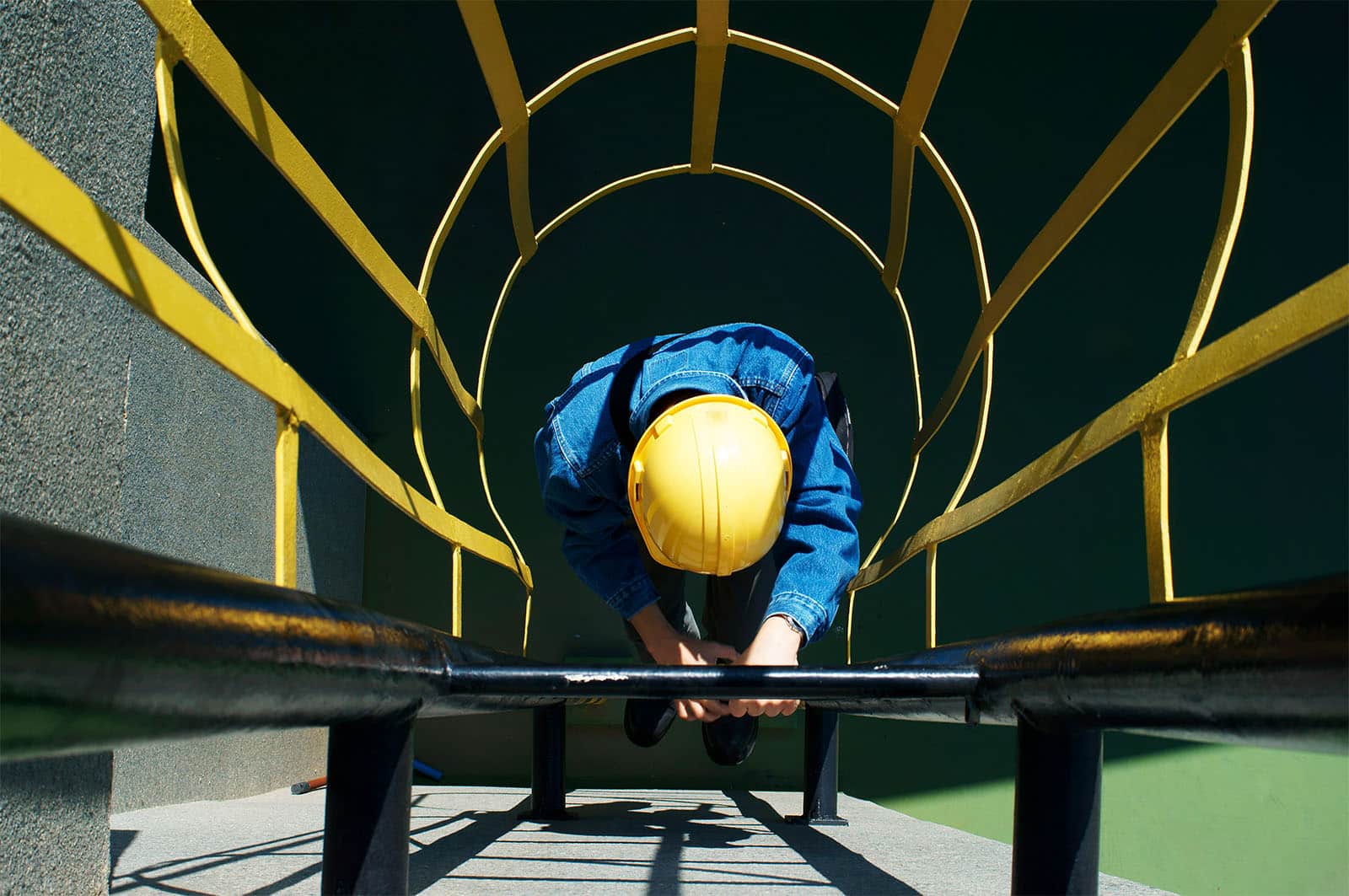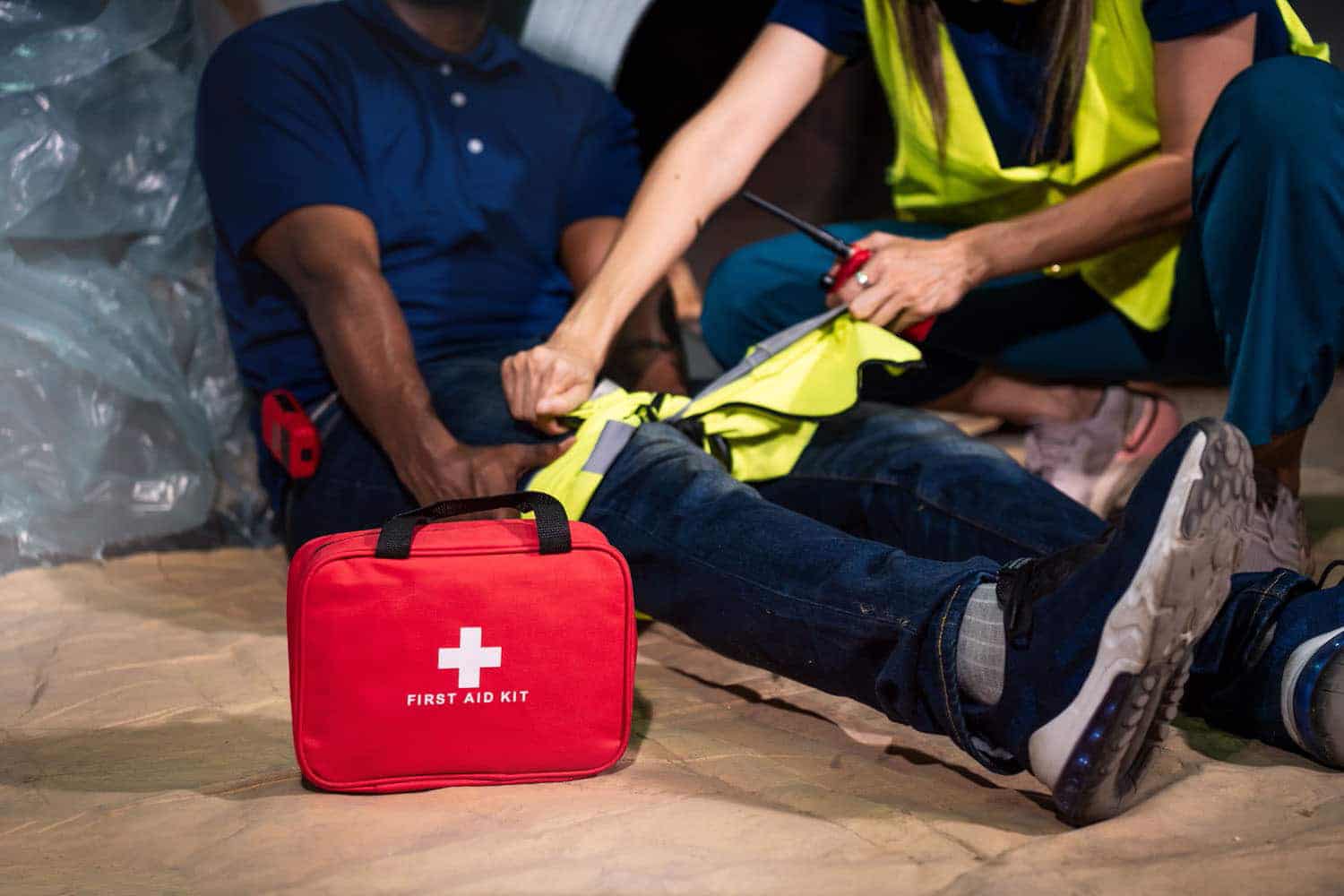
 5 June 2023
5 June 2023At Haz-ed we’re committed to the safety of our clients. We want to help our clients in their duty to ensure their employees are not exposed to hazards at the workplace. At Haz-ed we recommend implementing a risk management process that will identify hazards and assess and control risks. Below are steps we consider when undertaking a risk assessment identification check list.
Identify the risk
The first step in this process is to take a good look around your workplace and recognise the things that may cause injury or harm to a person. This could be a particular area or an object in your workplace. The team at Haz-ed recognise this task can be quite overwhelming. Which is why we recommend breaking down your workplace into key checking areas.
What are the surfaces like?
- Are they stable, fragile, brittle or slippery?
- Do the surfaces change throughout the workplace?
- How strong is the surface and what weight can the surface handle?
What are the levels like?
- Check where levels change and your workers may be exposed to a fall from one level to another.
- Does the surface slope? Check to see where levels change and workers may be exposed to a fall from one level to another.
- Is the ground even? Check the stability of the ground to see if it’s safe to support scaffolding or a work platform?
Structures
- What is the stability of both temporary and permanent structures in the workplace?
Working areas
- Is the work area crowded or cluttered?
- Check both entry and exit of working area.
Edges
- What is the protection for open edges of floors, working platforms, walkways, walls or roofs?
Holes, openings or excavations
- If these hazards exist they will require guarding
Hand grip
- Is the appropriate hand grip in place, where an employees grip may be lost?
Assess the risk
At Haz-ed we understand that assessing the risks in your workplace is often easier said than done. However, taking the time will help you to determine what could happen if a fall did occur, as well at the likelihood of it happening. It will also help you to identify the severity of the risk and whether a preventative measure could have been put in place. At Haz-ed we recommend taking the following steps when assessing and analysing risks.
- Where, which and how many employees are likely to be at risk of incurring injuries?
- How often is the hazard likely to occur?
- How severe are the injuries likely to be?
We recommend the following:
When undertaking a risk assessment, our team at Haz-ed recommend that you should consider the following:
- Check the layout and design of elevated work areas, including the distance of a potential fall.
- Be aware of the activities that employees undertake and where they move around in the workplace.
- Know how close workers get to unsafe areas, especially where loads are placed on elevated working areas.
- Check there is adequate lighting for clear vision in the work space.
- Ensure inspection and maintenance is undertaken of plant and equipment.
- Check if weather conditions could create a slippery surface in the workplace.
- Are employees wearing the appropriate footwear?
- Check the suitability and condition of ladders. As well as where and how they are they are being used in the workplace.
- Are employees qualified to undertake tasks safely within the workplace?
- Always ensure staff have proper safety training.
- Is there enough knowledge of potential emergency situations around the workplace?
Control the risk
The next step in hazard prevention in your workplace is to action some control measures. At Haz-ed we recommended monitoring and reviewing these measures on a regular basis.
- Design, plan and modifying workspace, buildings and structures to prevent falls. (For example Install proper preventable devices like guard rails).
- Provide a fall prevention device or a work positioning system such as an industrial rope access systems.
- Alternatively provide a fall arrest system which may include the use of safety harnesses from an elevated platform.
- Look at the way jobs can be done safely to eliminate or reduce the likelihood of a fall.
- Carry out any work that involves the risk of a fall on the ground.
- Organise and schedule work so that people do not interfere with or increase the risk of a fall for themselves or other employees.
- Make sure all employees have the proper training to work safely
Related Course: Work safely at heights training course
It’s also recommend that your chosen control measures are checked regularly to remain effective. At Haz-ed we advise monitoring the purpose, suitable nature and duration of the work and all check safety measures are installed and used correctly by employees.
We recommend the following:
- Develop work procedures on how to install, use and maintain the control measures.
- Provide information, training and instruction to employees, including procedures for emergency and rescue.
- Make sure workers exposed to a risk of a fall are adequately supervised by a competent person.
Recent posts
 4 April 2024
4 April 2024Haz-Ed Celebrates International Women’s Day: A Commitment to Excellence
 16 October 2023
16 October 2023OH&S Overview – Understanding Occupational Health and Safety
 20 August 2023
20 August 2023

